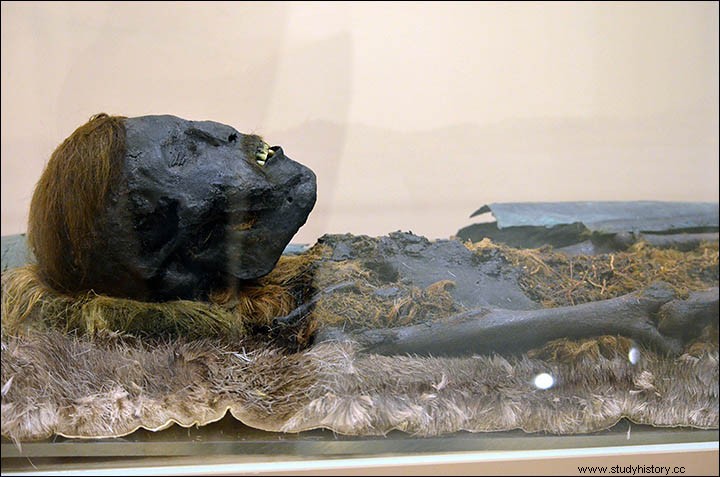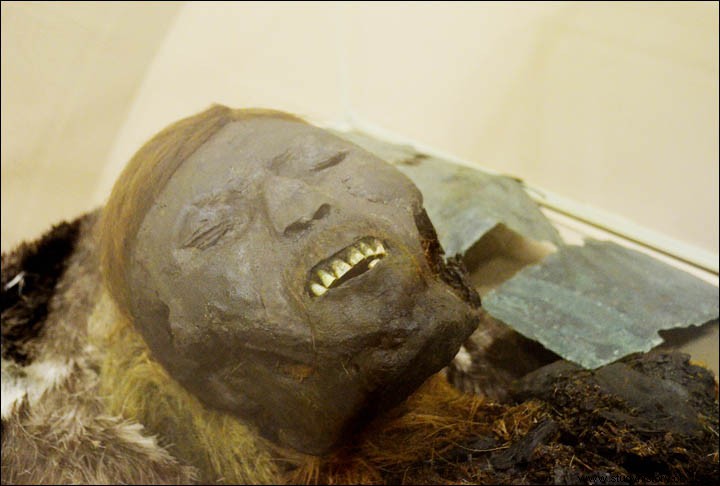

A curious medieval necropolis (10th or 11th century) was located on the Yamal Peninsula (Russia), near the Arctic Circle. Remains of eleven people were discovered, some with broken or missing skulls, as well as crushed skeletons and four mummies. The researchers are still unaware of the funeral rite used and the remains are still awaiting the results of genetic surveys to ascertain more details.
The mummies (four of children and one of an adult male) had masks and chest protectors made of copper, in addition to several other decorative artifacts such as rings, buckles, metallic figurines, fur cloaks and other objects such as axes and knives. Interestingly, bronze bowls possibly originating in Persia (almost 4,000 km away from the site) were also identified at the Russian archaeological site.
All the remains were found under sandy soil in a region that does not suffer from constant freezing and since 2002 the research has been ongoing - despite several interruptions motivated by pressure from local residents, who were bothered by the disturbance that their ancestors could suffer (despite the fact that the population itself is also unaware of the origins of these skeletons and mummies). The expectation is that several other such findings will be repeated in the coming years.
